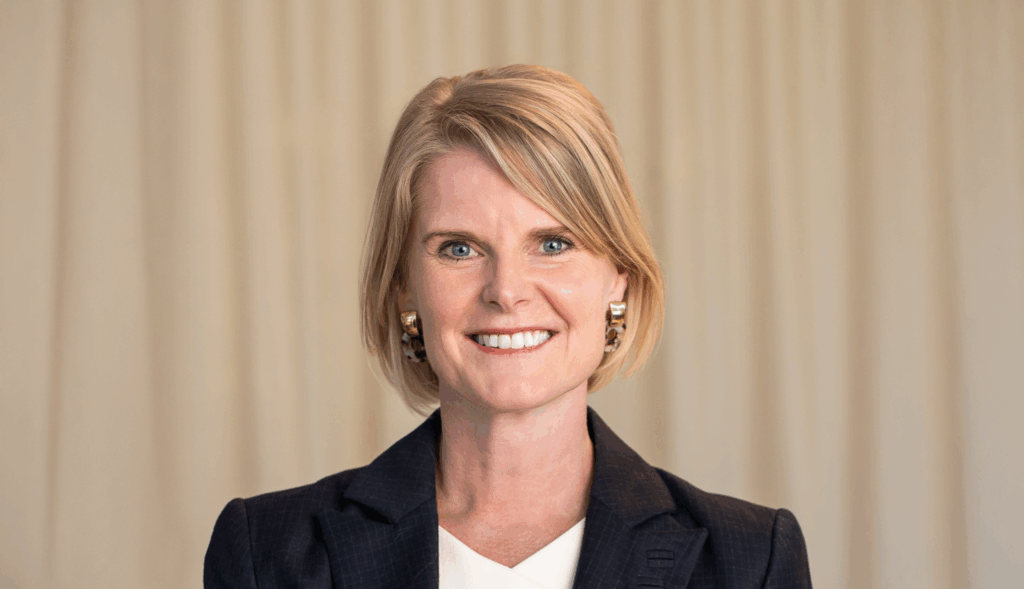News

News
Specialising in over 30 sectors across a range of services, we specialise in areas from property and construction to healthcare and professional services. Our experts from across our network offer the latest accounting insights, news, advice, and support to help you navigate towards success and unlock your business’s true potential.
Topics
Types
Sectors
Locations
ASIC updates approach to financial report lodgement compliance and auditor’s obligations
Payday Super changes from 1 July 2026 – superannuation guarantee charge
See more
Loading...















